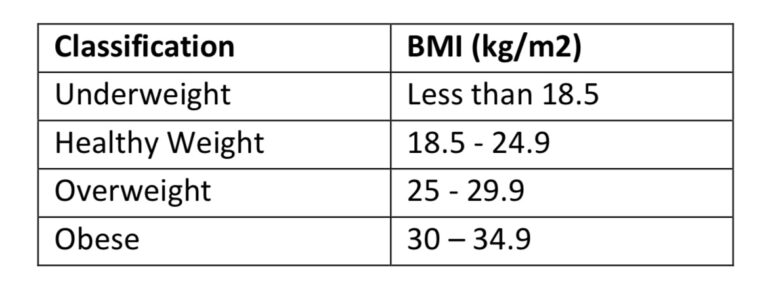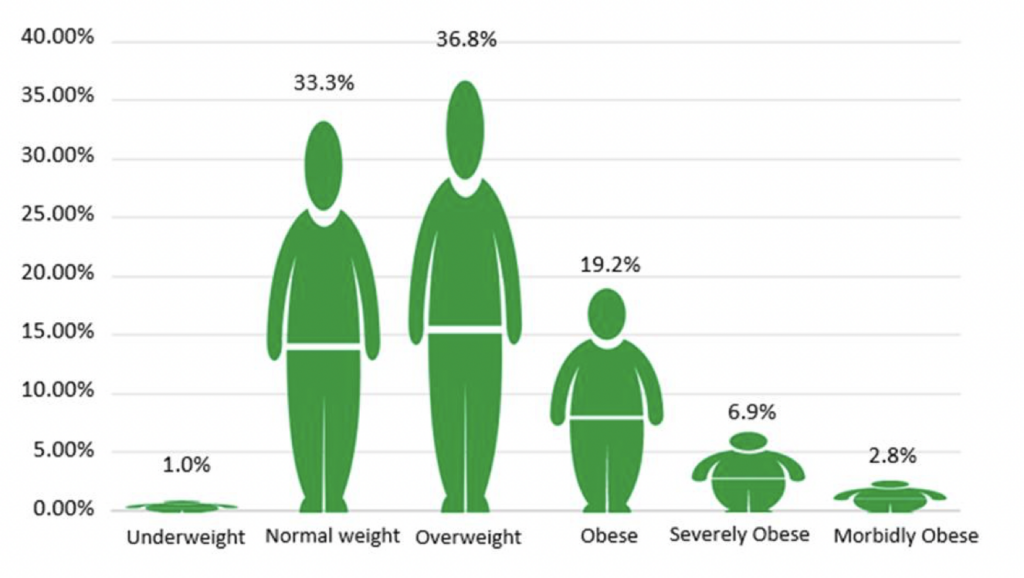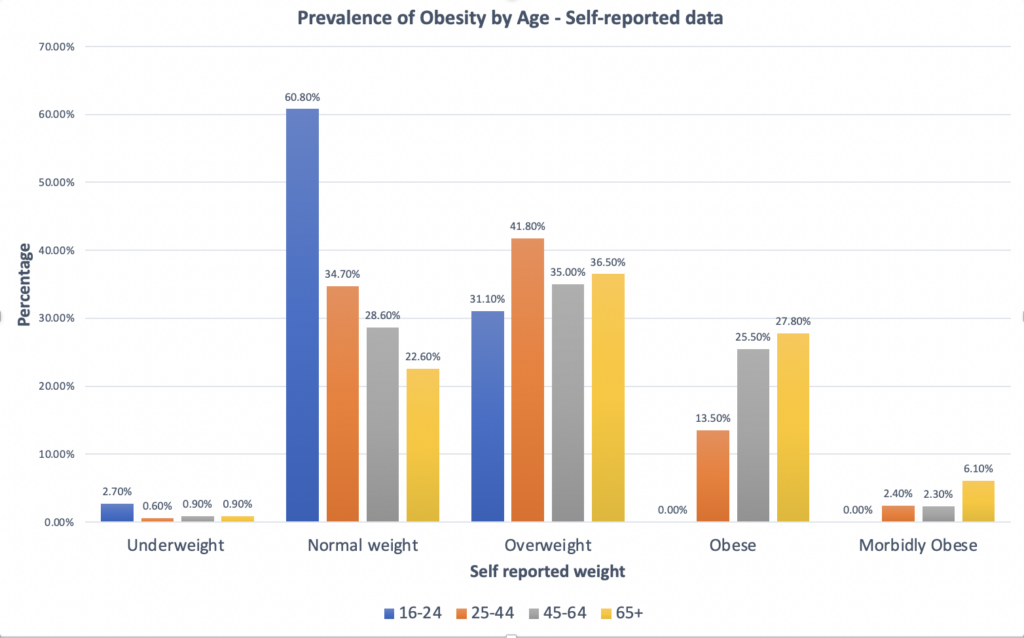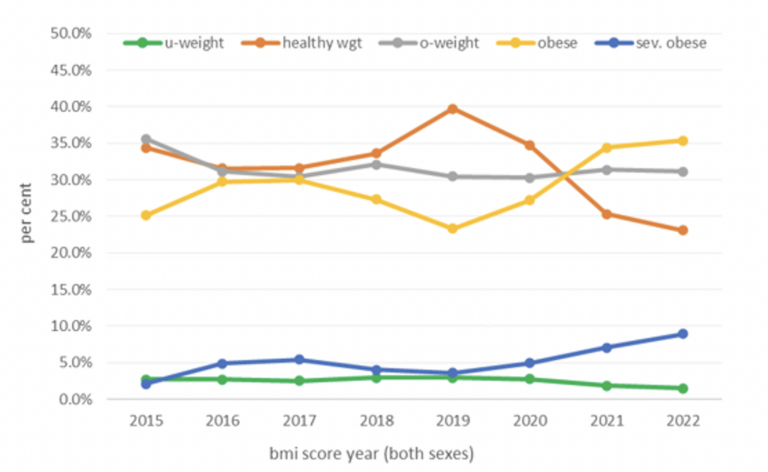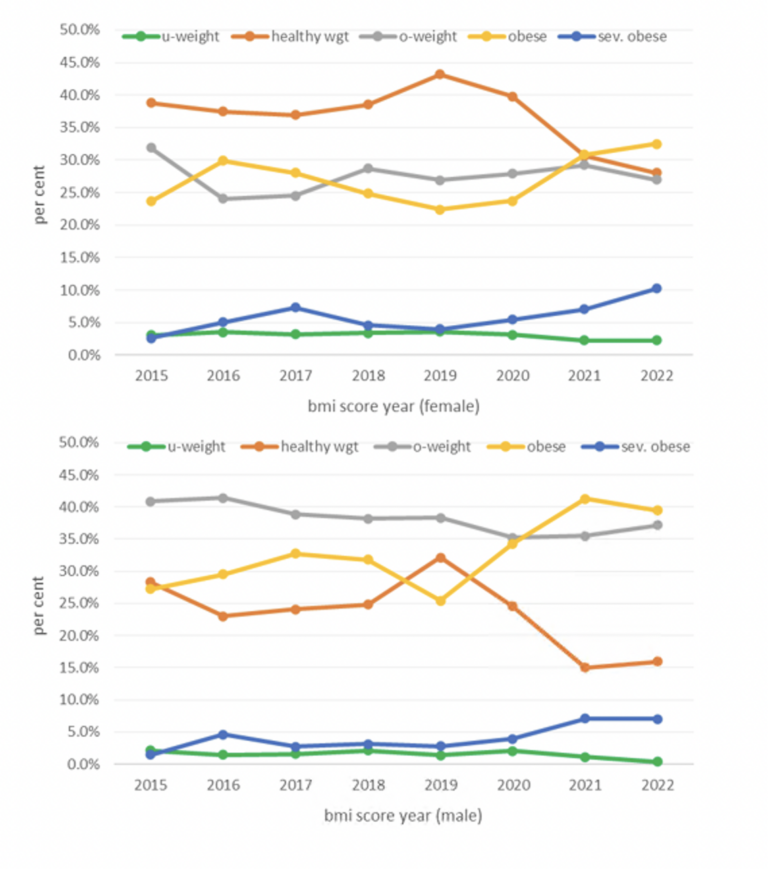Obesity & Nutrition
According to the WHO, worldwide obesity has nearly tripled since 1975. Worldwide more than 1 billion people have obesity – 650 million adults, 340 million adolescents and 39 million children. Obesity is associated with reduced life expectancy, and has been identified as a risk factor for various diseases including cardiovascular disease, diabetes mellitus type 2, 13 different types of cancer, liver disease, respiratory disease and mental health disorders. At least 2.8 million people die each year as a result of being overweight or obese.

